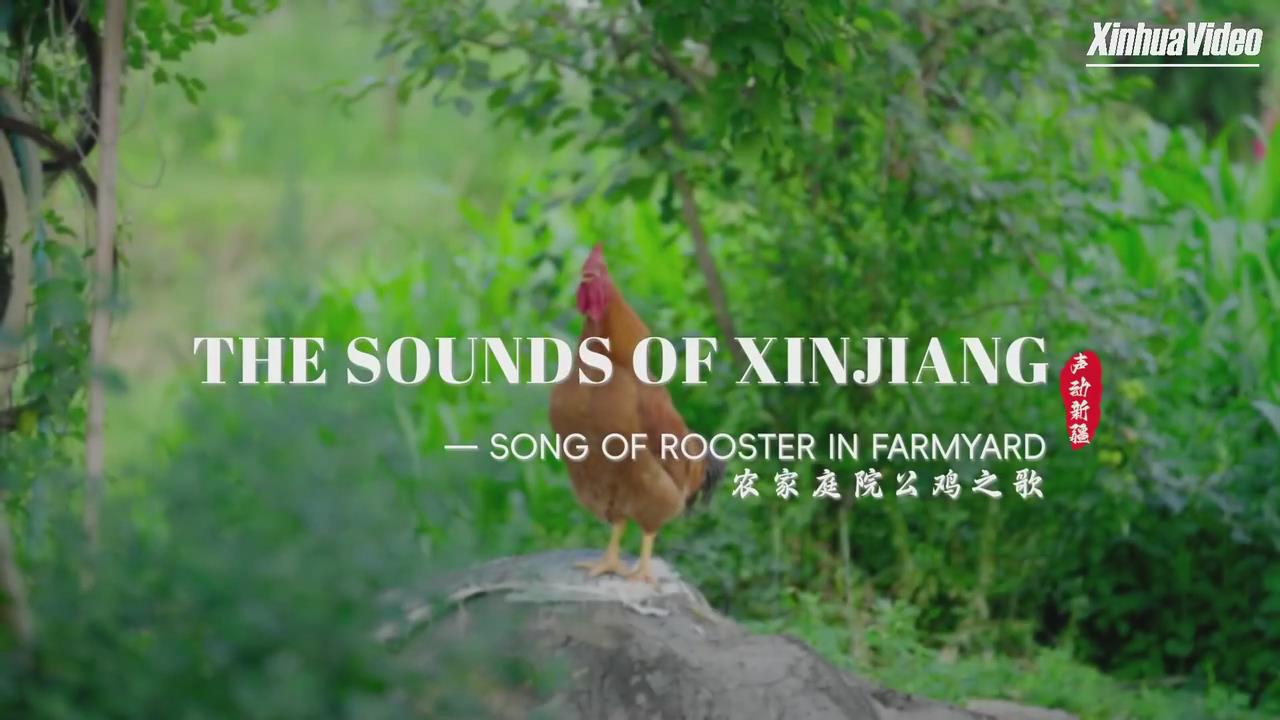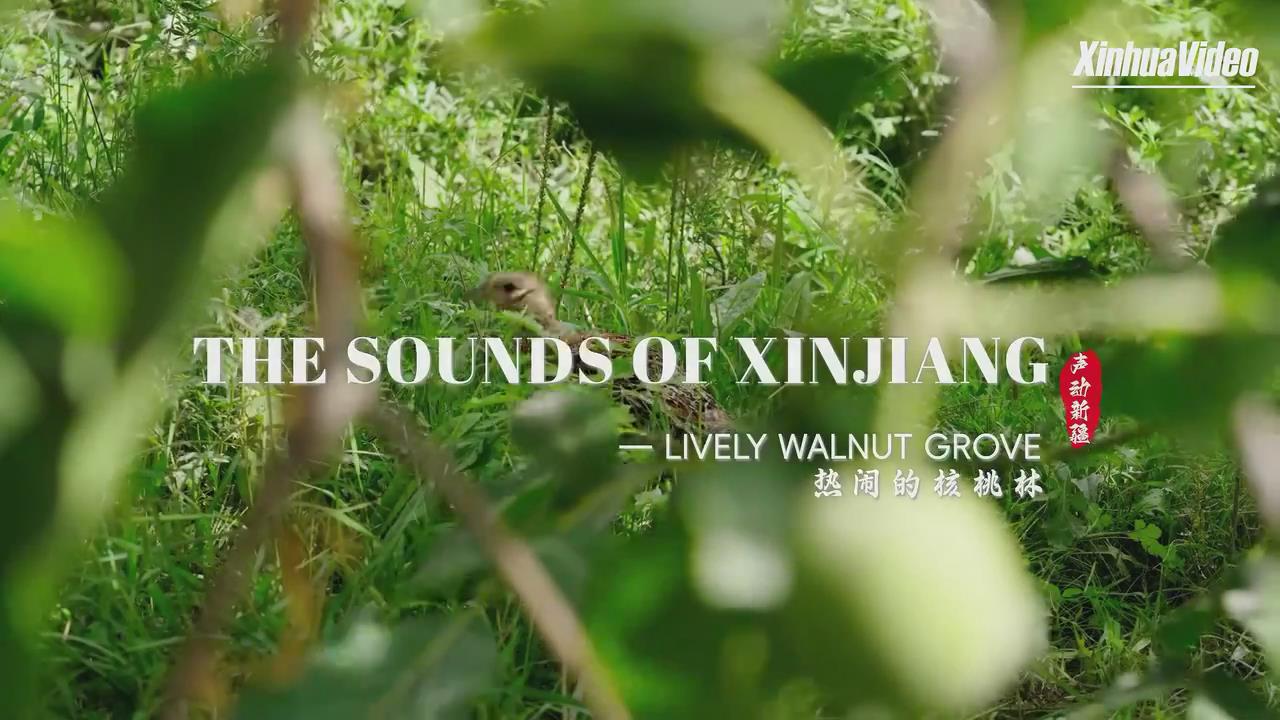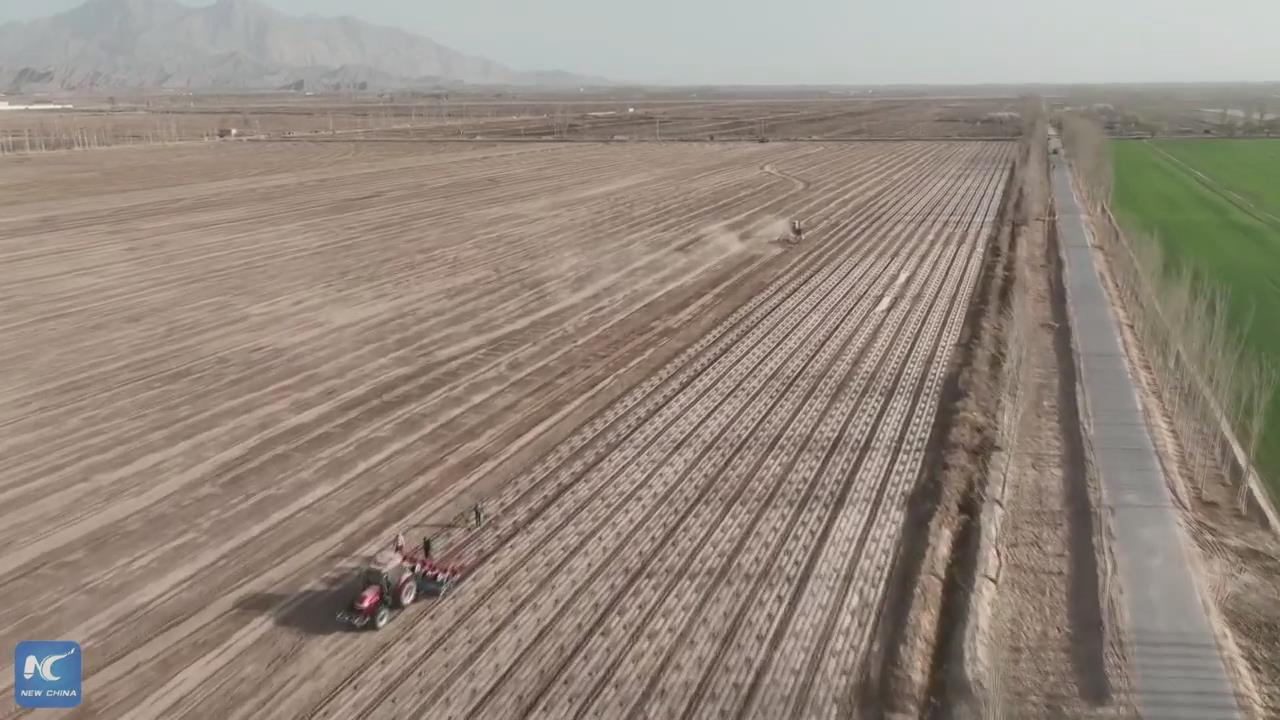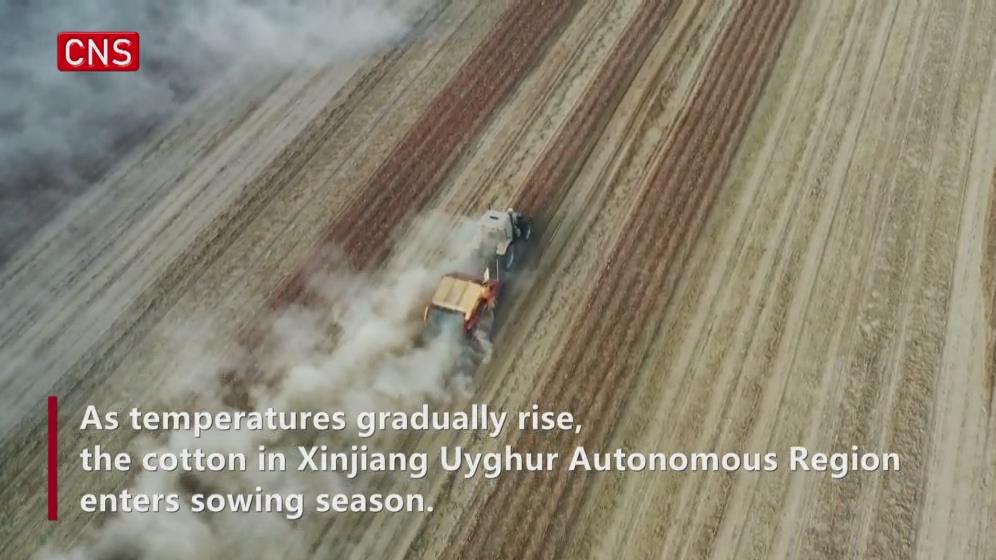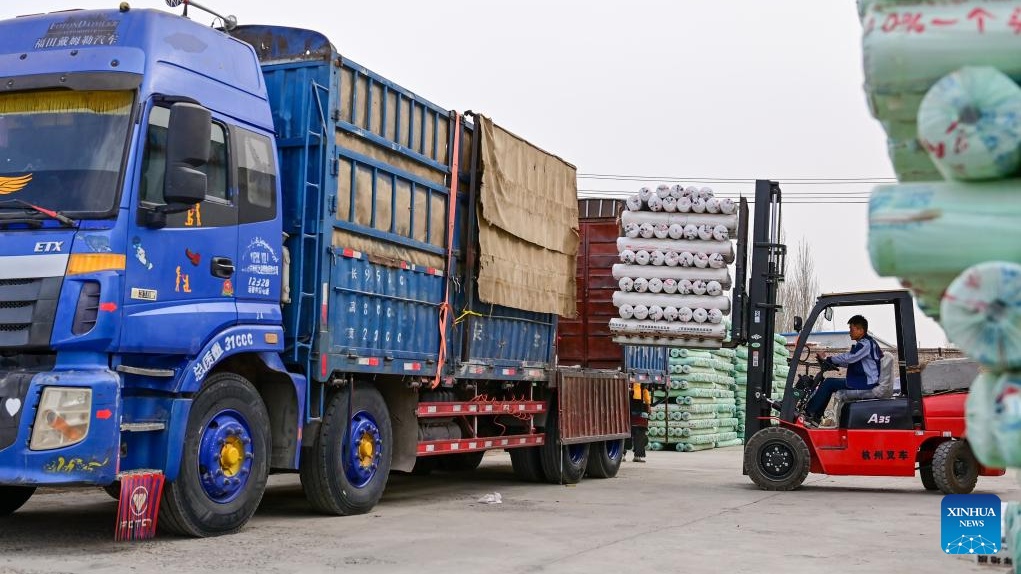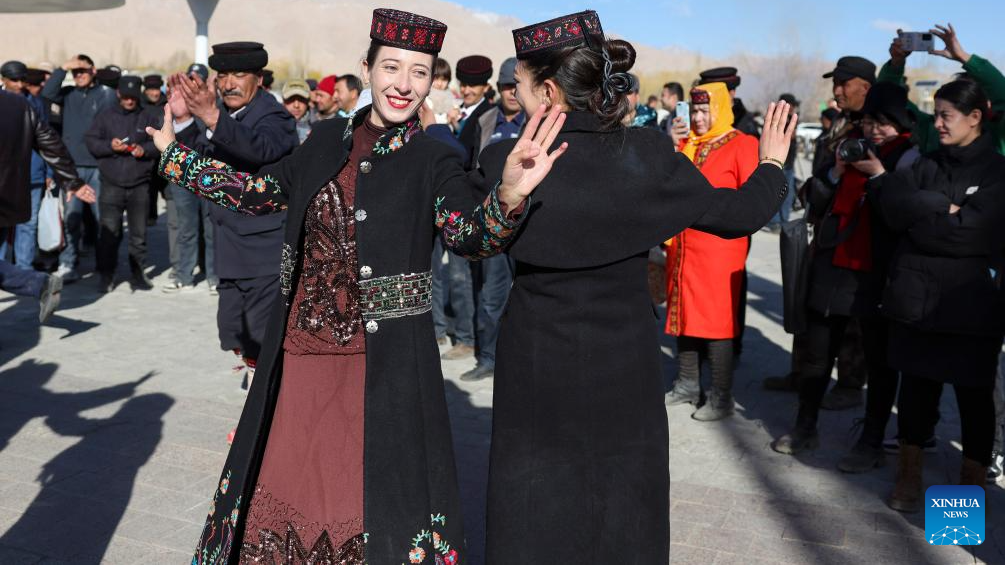In a greenhouse on the edge of the Gobi Desert, Miharegul Ahmat is busy watering her tomato seedlings. Wearing sneakers, a green dress and delicate accessories, she might not look like the "average" farmer, but as she nurtures her crops, her reputation is growing along with them.
Miharegul Ahmat hails from Wensu County in Xinjiang Uygur Autonomous Region, northwest China, and drives between her home and the vegetable base every day to tend to her plants.
"The automatic facilities in the greenhouse do most of the work. All I need to do is turn them on and off," said Miharegul Ahmat, 32.
In Xinjiang, where beef and mutton are often the main event on dining tables, a growing public awareness of nutrition and health in recent years has helped fertilize the market for vegetable and seedling cultivation, bringing fortune to farmers like Miharegul Ahmat.
Miharegul Ahmat cut her teeth in the business by spending a few years sowing, cultivating, picking, and exploring wholesale and retail. During the period, her income increased from 80 yuan (11.3 U.S. dollars) a day to 8,000 yuan a month thanks to the professional skills she acquired.
With her feet firmly on the ground and her eyes focused on the balance sheet, she decided to start her own seedling business last December.
Her decision has proved fruitful. This spring alone, she has taken preorders for each of her 200,000 seedlings, which include tomatoes, chilies and eggplants, reaping a net income of more than 50,000 yuan in the process.
Miharegul Ahmat not only delivers her seedlings to her business partners, but also helps them sell at the markets. She said she loves seeing her business partners turn a profit.
Patigul Ahmat, one of her clients, spoke highly about the quality of Miharegul Ahmat's seedlings, and noted that many customers knew her.
In recent years, Xinjiang has attached great importance to the development of facility agriculture. At present, the region has more than 1.2 million facility agriculture units, including a vegetable plantation area of more than 44,600 hectares.
The facilities not only effectively guarantee the supply of winter and spring vegetables in Xinjiang, but have also become an important catalyst to promote and expand the employment of farmers.
Miharegul Ahmat is confident in her business. Considering more and more tourists are coming to southern Xinjiang, she believes local restaurants will prefer a wide variety of vegetable dishes.
"I have planned to expand my greenhouse, and add more varieties like cabbage and bitter gourd," she said.




